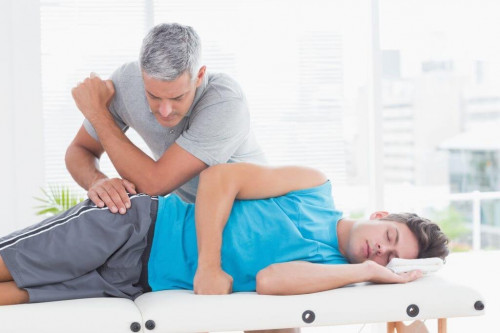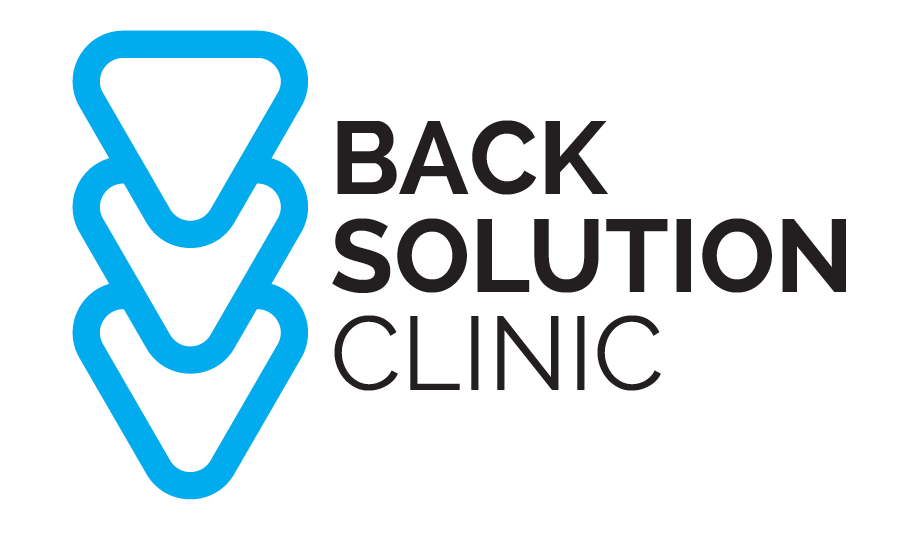Diagnosing Lower Back Pain
An effective diagnosis of lower back pain should cover the root underlying cause, clearly map out what steps are required to rehabilitate the lower back and then strengthen the body, so the condition never returns.
Without fail, almost all lower back pain diagnoses focus on the symptoms, which send patients down a treatment path that also focuses on the symptoms never addressing the cause.
Symptoms such as; lordosis, scoliosis, herniated disc, subluxated joints, wear and tear are all valid, will show on most MRI’s or x-rays however they are all distractions from the real underlying cause initially triggered your lower back pain.
Muscular imbalances are a common cause of lower back pain; however, they are almost always missed in the diagnosis of lower back pain. One potential reason may be due to muscular imbalances not showing on MRI scans or x-rays. Another potential reason could be due to the fact that the majority of modalities focus on the alignment of the spine and treatment of joints and soft tissue which are critical, however, rarely addressing muscular imbalances and the impact they have on the spine and joints in the first place.
If the muscles dedicated to supporting the lower back are not functioning and carrying out the role they are designed to do, the lower back and its structures are comprised. The lower back and deep hip muscles become overworked and fatigued due to compensating for the lack of support from the postural muscles. The facets joints of the lumbar spine and the sacroiliac joints fail to function freely due to their joint spaces being compromised due to the increased lordotic curve created by poor posture.
Therefore, a correct and thorough diagnosis of lower back pain must address the muscular imbalances of the body. The most common imbalances present with chronic back pain sufferers are shortened (or tight) muscles anterior to the midline, and lengthened (or weak) muscles posterior to the midline. This imbalance presents a predictable posture and movement patterns, upon thorough assessment of the lower back patient. Both the poor posture and the way the patient moves places excessive strain on the lower back.
The most integral posterior muscles that support pelvic stability and support for the lower back are the major glute muscles, the hamstrings and adductor muscles. It is imperative to conduct a thorough assessment of both strength and function of these muscles.
The anterior muscles that carry the brunt of the load and function in compensation for the weakened posterior muscles are the quadriceps muscles, hip flexors and the deep internal rotators of the hip. In almost all cases these muscles groups are extremely tight and painful to treat for the chronic lower back sufferer.
Once the correct diagnosis is in place, identifying the muscles that are weak and need strengthening and the muscles that are tight and need lengthening, a treatment plan can be put in place that focuses on the root underlying cause of the lower back pain, not just the symptoms.
Back Solution across America has a proven record with acute and chronic back pain sufferers exceeding in excellence across the country. We have treated thousands of patients that range from Olympic athletes, professional athletes as well as everyday pain sufferers. Our rapid growth across the country will ensure a local clinic will be in your area soon to address you acute and chronic back pain.

